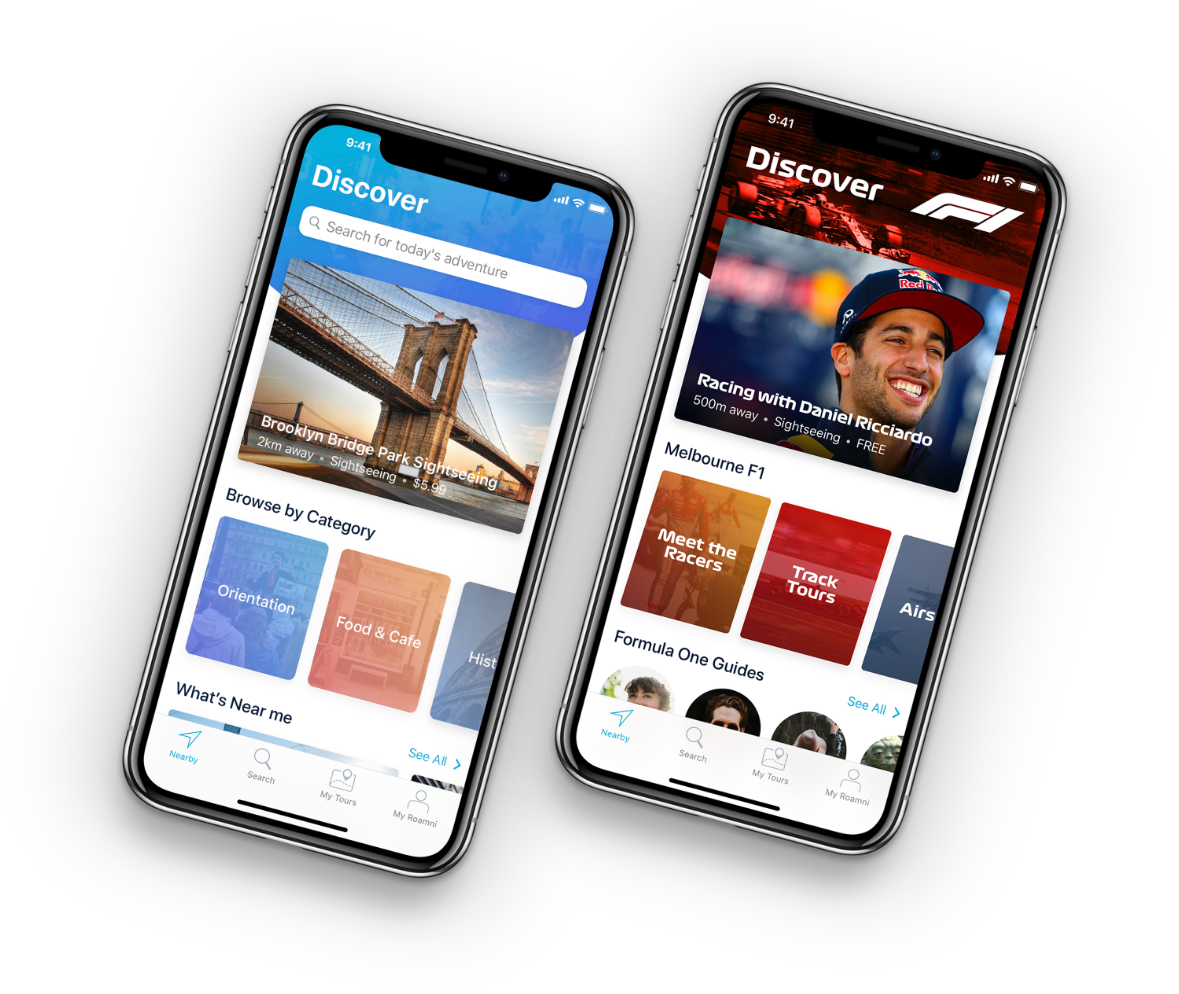Native Apps vs Web Apps: Which Helps You Best?

Mobile apps hold great potential for growing your business or organization effectively.
But what type of app should you choose? Some experts tout native apps, while others highly recommend web apps.
Ultimately, choosing between native apps and web applications is a matter of knowing their strengths and weaknesses and how they align with your goals. Read this article to gain more insights on how native apps vs. web apps stack up and which could best serve your needs.
Native Apps vs. Web Apps: A Smartphone-Triggered Rivalry
Since 2016, we’ve successfully built apps for numerous local and global partners. Based on our experience and observation of industry trends, the start of the smartphone boom in 2007 was a major trigger of the native apps vs. web apps debate.
Why is this so? A typical smartphone or mobile phone can accommodate native and web apps.
Native apps are mobile applications installed in and built for a specific platform or device. A native mobile app mostly depends on its host smartphone’s hardware and operating system to run.
On the other hand, web apps are stored in distant computers called servers and accessible to users through web browsers. Since many smartphones have browsers, web apps can run on such mobile devices. And since web apps depend mostly on servers for core functionality, they do not rely as much on phone hardware and software resources as native apps do. In fact, unlike native apps, web applications do not require installation.
But, since web apps need browsers to function, these applications tend to rely heavily on an Internet connection to perform the bulk of their tasks.
Since native and web apps are engineered and function differently, they have their own sets of strengths and weaknesses. A typical native app performs better and can accommodate richer content than a similar web app. However, a native app can only run either on an Android phone or an iOS device. On the other hand, a web app can run on almost any device as long as the phone has a compatible browser.
The tendency of app developers to look for “the best of both worlds,” combined with the lucrative global market for smartphones, has led to the birth of progressive web apps (PWAs). These applications have the uncanny capability to run on almost any smartphone while reaching the app performance levels of many native apps.
As you can see, the synergy of the smartphone and the Internet became the fertile ground for the blossoming of different types of apps. But since our focus is on native apps and web apps, it’s time to discover what makes them great and not so great. Let’s start with native apps.
Native apps
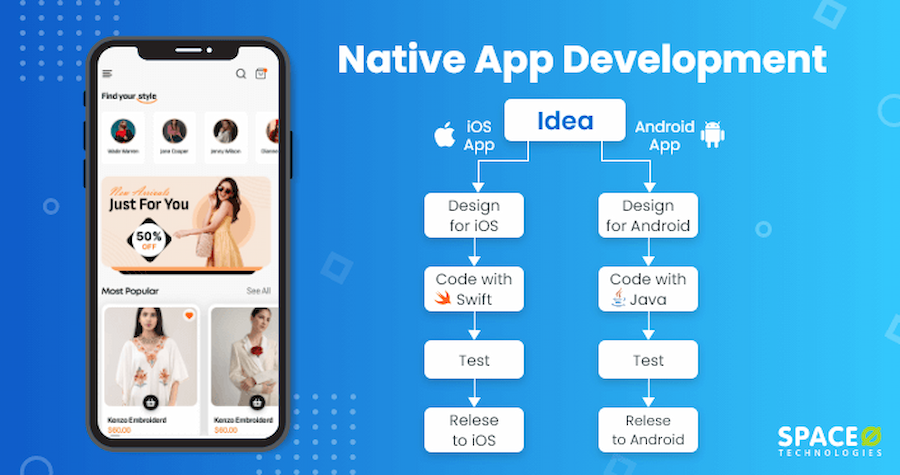
Source: Space-O Technologies
As I mentioned, native apps closely integrate with the smartphone’s operating system (OS) and hardware resources. Therefore, the programming languages used as native-app building blocks must be compatible with their OS. For instance, developers use Kotlin to develop native apps for the Android operating system and Swift for iOS.
This variation in programming languages and operating systems is the reason why no single native app is compatible with both Android and iOS platforms. This is one of the many weaknesses of native apps, which I will discuss in depth later.
But despite a native app’s limited compatibility, its close connection to its host device’s resources brings a host of benefits.
Native app strengths
1. Better Access to Hardware Resources
Unlike web apps that mostly run on distant computers called servers, native mobile apps reside on the device in question. Therefore, native applications can more easily tap into device resources like cameras, microphones, and mobile payment systems.
Though web apps can also access these software and hardware components, users of these applications would have to go through thicker layers of permissions than people who use native apps.
Enhanced hardware access is important, especially if you intend to make a relatively complex app. That is partly why we built the Geavi public safety app as a native application instead of a web app. The application uses both a phone’s camera and its GPS to record videos of incidents while tagging where they occurred.
With current technology, Geavi wouldn’t have succeeded as much had it been built as a web app.
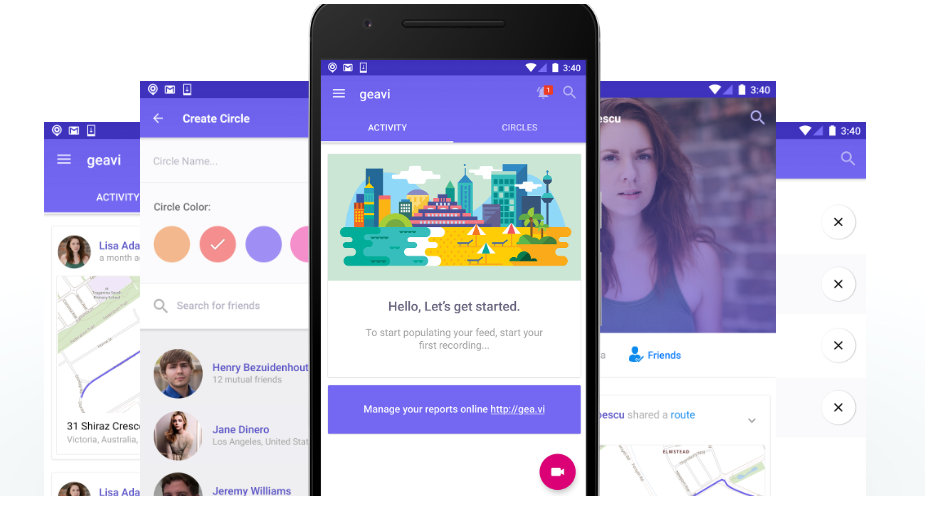
2. Optimal performance.
Native apps consistently outshine their web app counterparts in essential metrics, such as responsiveness, speed, loading times, and smooth transitions.
Of course, there are times when a single native app’s performance varies from one user’s device to another. But native apps, in general, have performed better than web apps because native app programming is more closely linked to the tools used for developing operating systems like Android or iOS.
Ultimately, good performance leads to more users, which is crucial in any app monetization strategy. For instance, even if you decide to make money from free apps, having many users increases the chances of earning big via in-app advertising.
3. Superior user experience (UX).
Native apps have a distinct advantage in UX because they can leverage components created by Apple and Google for their respective platforms (iOS and Android). This results in a familiar look and feel that users immediately recognize and appreciate. The more familiar the UX design, the more likely an app can attract a critical mass of users.
Another way native apps provide a better user experience is through push notifications. Through these notifications, app users learn about updates regarding the app in question or the services and goods supplied by the application. For instance, a notification from an ecommerce app can inform users about promos.
Though web apps have push notifications, few of these apps match the notification caliber of native apps, which have action buttons. These buttons enable a user to control an app through push notifications. For instance, the notification below has a button for deferring watching a video and another for navigating to the YouTube app’s “Options” menu.
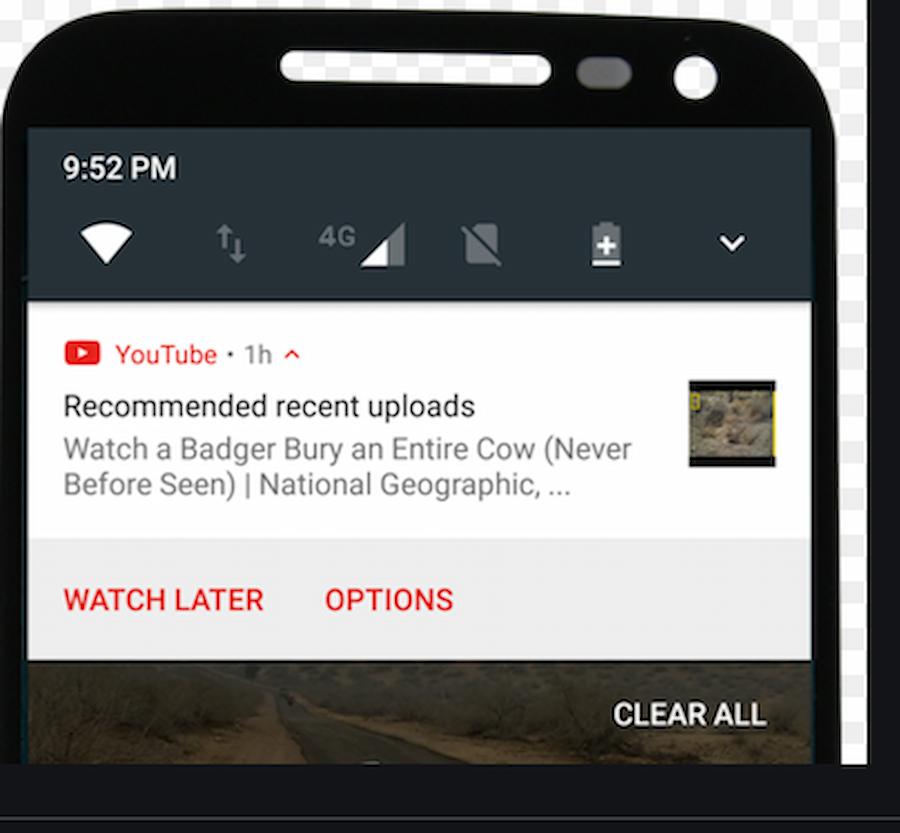
Source: GitHub
What makes these action buttons possible? A native app consists of code that enables developers to more precisely customize how push notifications look and function. The average web app doesn’t have this level of customization yet. Until web app developers improve their technology, native apps will tend to beat web apps when it comes to push notifications.
The positive user experience that native apps bring to the table is crucial in attracting and retaining the right number of users to sustainably grow an app business. UX is so vital that even a mistake as tiny as having too many in-app ads could result in around 30% of users uninstalling apps.
In a nutshell, native apps offer a top-notch experience for users and superior resource access for developers.
Native app drawbacks
Though native apps have many bright spots, they also have some limitations, which include:
1. Development complexity and cost.
Since native apps need to work well with their host devices, developing them tends to be more laborious and complex. There are many reasons why this is so.
First, developers need separate tech stacks for each platform (iOS and Android). For instance, developers can only build native Android apps using tools that are compatible with the Android operating system. They need to work with other types of programming software for the iOS system.
Second, creating native apps also requires specialized programming knowledge and skills. Developers need a deep understanding of the mobile platforms’ native libraries and software development kits (SDKs) to make native apps compatible and functional.
Lastly, a native app development team could be twice as big as a web app dev squad, everything being equal. On average, building separate apps for iOS and Android requires at least one developer for each platform.
But there is a way to reduce the prohibitive app development costs inherent in many native app projects. Whenever our partners seek our advice on growing their organizations through native apps, we coach them in the art of starting lean through MVP app development to minimize cost without affecting app quality.
Outsourcing app development is another way to keep development costs reasonable, particularly when you know how to search for the right kinds of app developers.
2. Multiple device configurations.
Ensuring native apps work well with most mobile devices is especially difficult, given the variety of device manufacturers worldwide.
Assessing compatibility across devices can be time-consuming and demanding. Tech intelligence firm ABI Research mentioned that at least six companies worldwide build smartphones. If each company produces a dozen models, that’ll be over 70 devices on which you need to test your mobile app!
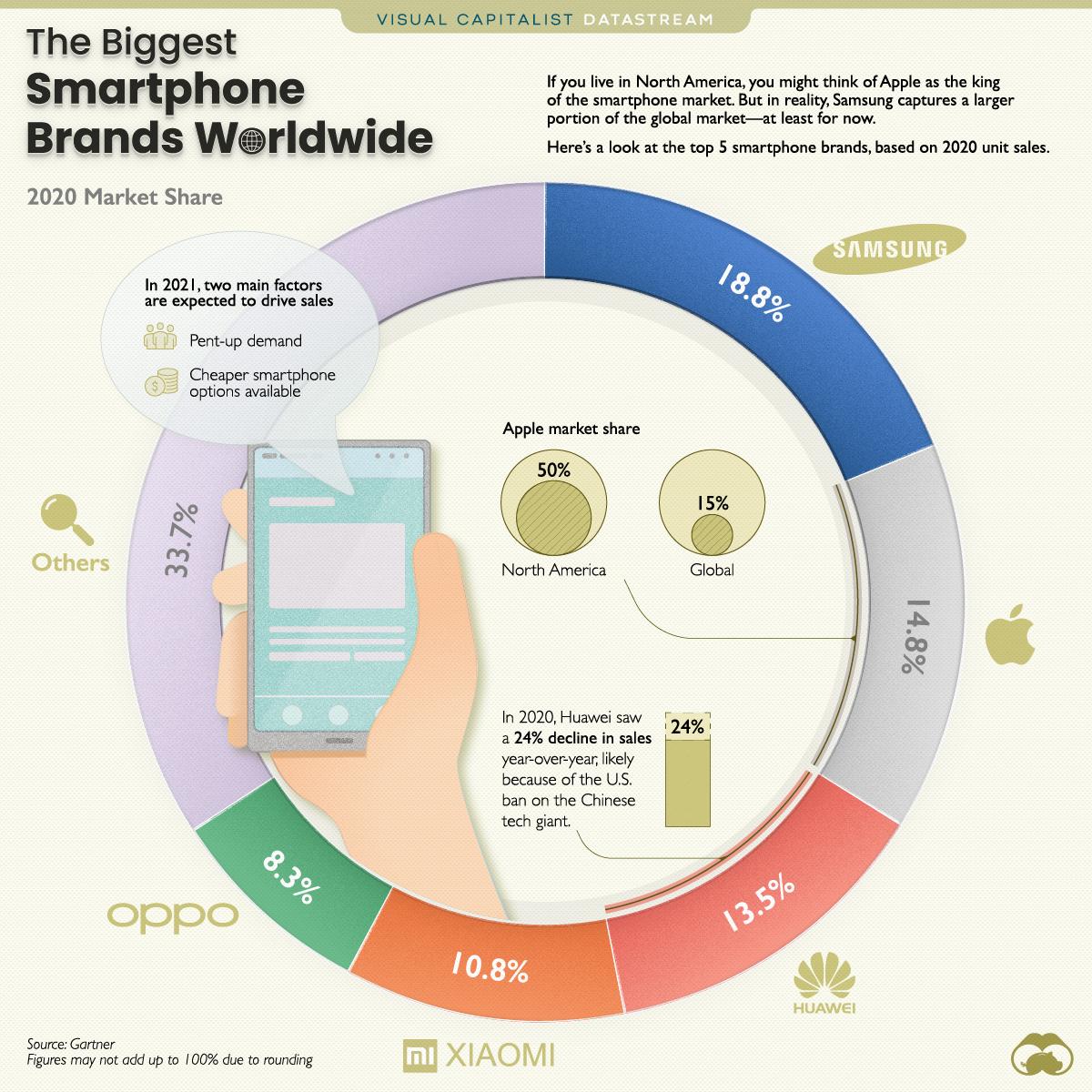
Source: Gartner via Visual Capitalist
Operating system (OS) fragmentation further complicates development because different smartphones could run different OS versions. The app could behave differently according to variations in models and OS versions.
Testing for compatibility across devices is a major challenge. Yet, app testing is crucial in setting your application for success. Case in point: Grill’d.
Through our QAs’ rigorous app testing process, we turned the Grill’d app from crash-prone to 99.9% crash-free. Read our case study to learn how this improvement helped Grill’d attract more patrons for its healthy fast food alternatives.
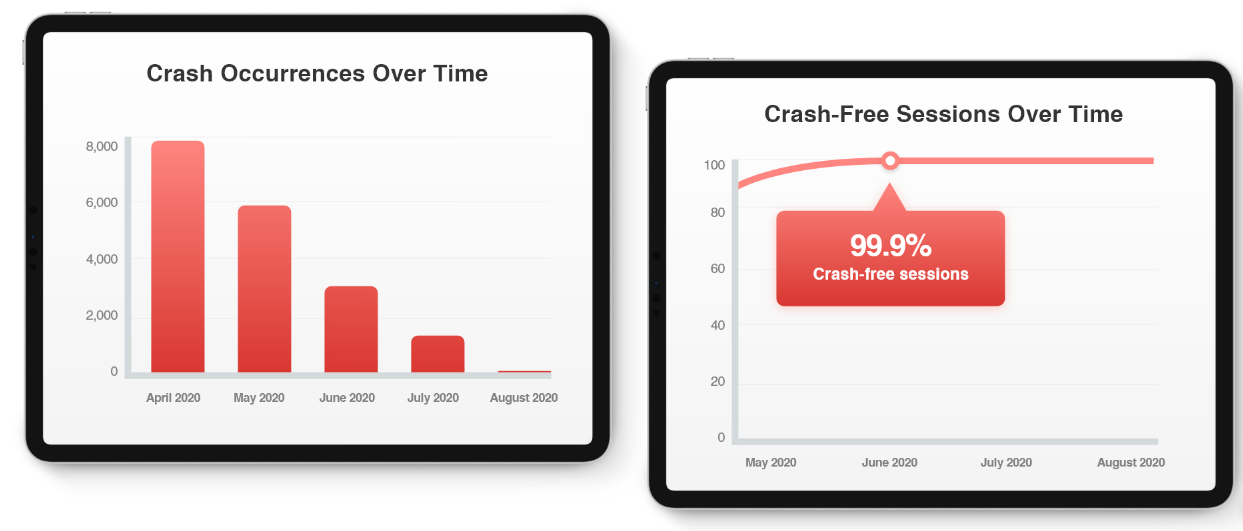
Get the latest industry news first.
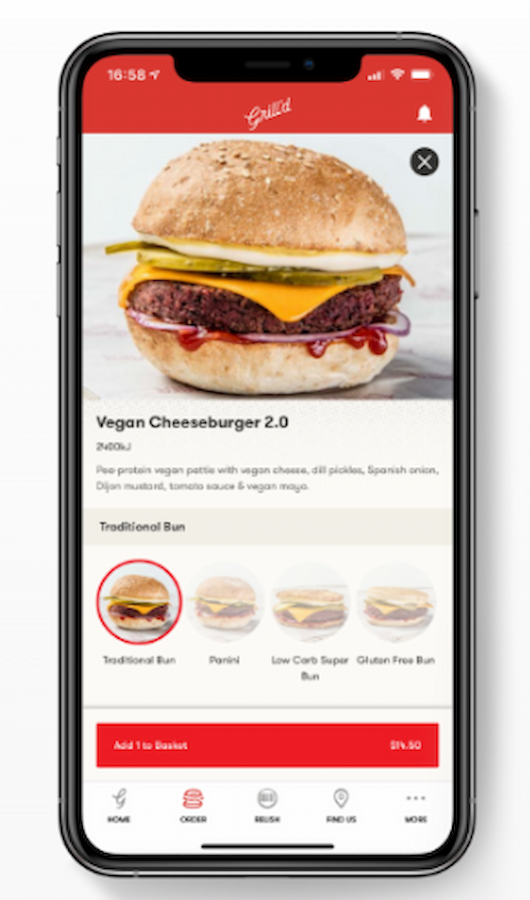
The cost-benefit tradeoff of native apps best suits a particular set of clientele. To learn if developing native apps is the best way to grow your organization or build your dreams, book a free consultation with our friendly product strategists.
Now that you know the pros and cons of native apps, let’s discuss web apps.
Web apps
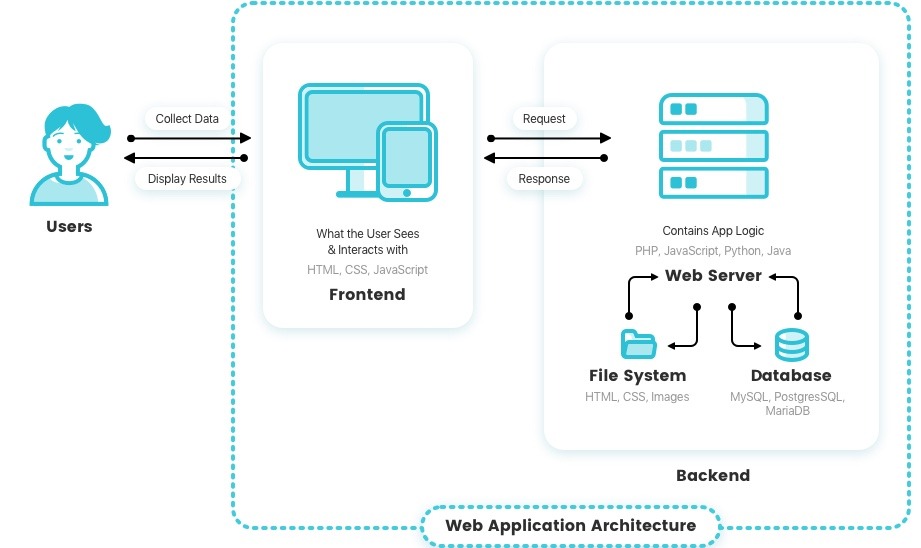
Source: Reinvently
The nuts and bolts that hold a web app together differ from the ones that compose a native app. For instance, the leading web apps are made up of code written in JavaScript, HTML, and CSS programming languages. Native apps of the same caliber are created using Kotlin and Swift, as I mentioned.
This difference in code is a major reason why web apps have unique advantages and disadvantages, as you will learn in the next section.
Web apps strengths
1. Cross-platform compatibility.
Web apps may not boast the same complex features as their mobile counterparts, but they compensate by their ability to run on almost any device.
The code of native apps runs more closely with the Android and iOS operating systems. On the other hand, web app programming resides and functions mostly on distant servers. Therefore, compatibility issues with host devices and their operating systems are not an issue for web apps.
Cross-platform capability ultimately means once you create and launch a web app, users can access your application regardless of their phone’s operating system (assuming good browser compatibility). If you organized your app business properly, you would get a large chunk of users out of the gate thanks to your web app’s cross-platform compatibility.
2. Easier app development and update workflow.
Progressive web apps, in particular, stand out by being less restricted by the strict guidelines and requirements of individual platforms and mobile devices. This means you don’t have to adapt to multiple rules, making your app development journey quicker and more cost-effective.
And given that web apps need not be published in app stores, you’d be freed from the extra time and effort necessary to comply with store regulations and conduct app store optimization.
Web apps also empower you to push updates more easily. Since app stores are out of the equation, you don’t need to undergo the cumbersome process of app store approvals for updates. This means you can swiftly introduce improvements and bug fixes, ensuring a quality user experience. And since web apps run through servers and browsers, your users don’t have to download or reinstall their apps whenever an update is available.
3. Lower project cost.
The typical web app is less expensive to build than a similar native app because of the web app’s cross-platform compatibility and less complicated development workflow.
Since a web app functions across both Android and iOS, developers only need to produce one app for various devices. This, plus the relatively less complicated tech stack, reduces development time, making web app development less expensive.
Of course, app development costs are not the only metrics you should look at when designing and building your app. But if maximizing your allocated budget is your number one goal, then web apps are an option you can explore.
Web app drawbacks
1. Resource intensive.
A study by the Institute of Electrical and Electronics Engineers reveals that web apps use a lot of mobile device resources. For instance, they can drain batteries faster and consume a lot of memory, often using up to 1.5 GB more than their native counterparts.
This strain on hardware could result in reduced device performance and compatibility issues, particularly if your users own devices with limited resources. Once the users discover that your web app disrupts their phone’s normal functions, they could ditch your application for another.
2. Limited user experience and design.
Web apps offer limited possibilities for user experience (UX) and design compared to native apps. As web apps are not closely connected to their users’ devices, they cannot fully leverage advanced hardware features like fingerprint or face scanners and other sensors.
This “hardware-to-app gap” can hinder the creation of apps with high-level features. For instance, if you intend to build an app that detects user location AND implements biometric authentication, web apps may not be your best bet.
It’s good to note, though, that progressive web apps are exceptions to the rule regarding UX limitations. Thanks to modern advancements in web and mobile browsers — combined with the expertise of capable app developers — a typical progressive web app can have many of the quality UI and UX attributes of an equivalent native app.
3. Quality and security concerns.
Web apps not needing to undergo rigorous app store approvals could be a disadvantage. This lack of oversight can result in lower quality and security standards. Users may be exposed to a higher risk of encountering malicious or poorly designed web apps, leading to a potentially frustrating and unsafe user experience.
Despite the absence of rigorous app store standards, some developers implement rigorous software quality assurance and quality engineering methodologies to ensure superior product performance.
We at Appetiser implemented these quality checks when we built a high-quality web app for PointsBet, a global sports betting products company.
After three years in business, Pointsbet partnered with us to accelerate its growth. This collaboration paved the way for creating an innovative web app and other digital products that boosted the company’s explosive growth.
In just 12 months, Pointsbet grew its valuation from $100 million to $3.2 billion while partnering with NBA superstars Shaquille O’Neal and Allen Iverson! In other words, the Pointsbet web app possesses such a level of quality that star athletes and investors were willing to bet on the application.
Read the Pointsbet case study to find out how we can empower you to experience the same level of app success.
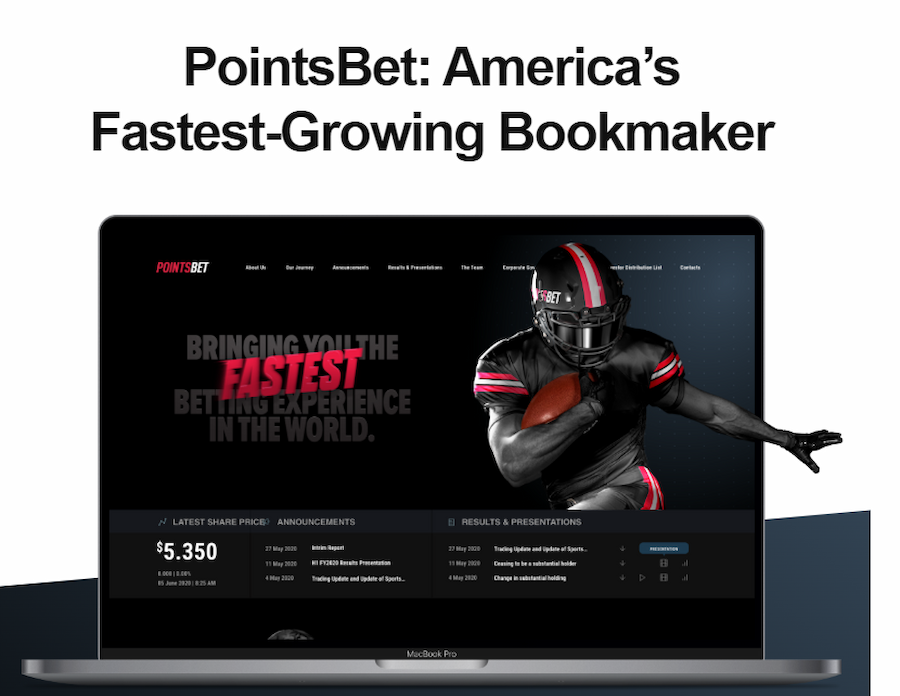
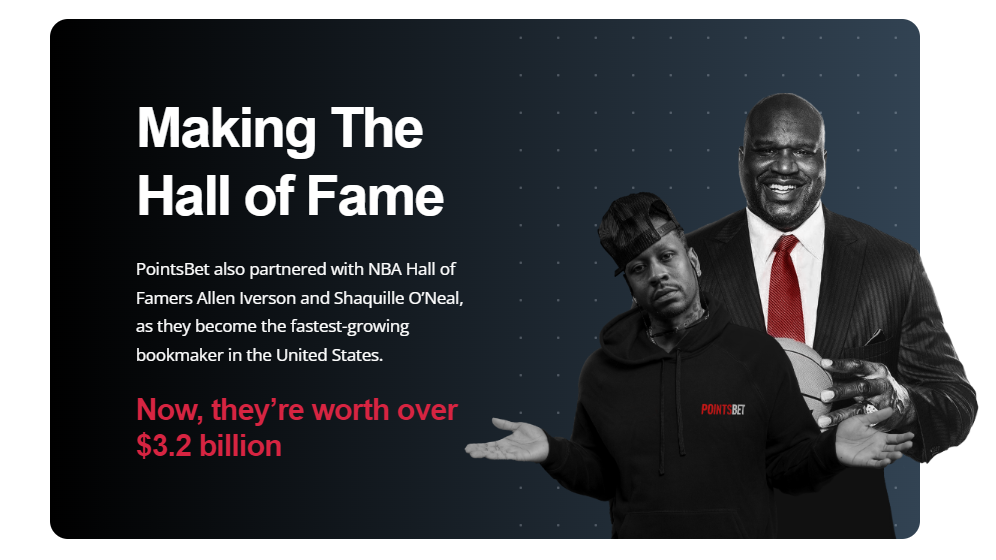
Hybrid apps: The best of both native and web apps?
The powers and limitations of native and web apps (including progressive web apps) have inspired tech pioneers to come up with a new breed of applications called “hybrid apps.”
Web apps and hybrid apps share many functional components. For instance, developers build these apps using HTML5, CSS, and JavaScript programming languages. In other words, the building blocks of both web and hybrid apps are pretty much the same.
The key difference between web and hybrid apps is that the latter is treated and behaves a lot like native apps. To better illustrate this point, imagine a hybrid app as a Hyundai and a native app as a Porsche. Even if you replace a Hyundai’s externals and body panels with Porsche parts, it’s still essentially a Hyundai. In short, hybrid apps mimic native apps but are still hybrid by nature.
But, since hybrid apps are designed to behave like native apps, both app types are accessible by simply tapping their icons after download, unlike web apps that need browsers to run.
Now you’ve seen how hybrid apps compare to their native and web counterparts, are hybrid apps really the best of all worlds? Well, not quite. Despite their similarities, native and hybrid apps have fundamental differences under the hood. For instance, the average native app performs better than the typical hybrid app. Web apps also offer cross-platform compatibility like hybrid apps, without the latter’s lengthier production cycle and costlier development.
Ultimately, even though hybrid apps integrate the strengths of both native and web apps, only a few tech titans have developed hybrid applications. Small to medium enterprises tend to choose either native or web apps because the former exhibits high performance while the latter offers cross-compatibility for relatively less financial investment.
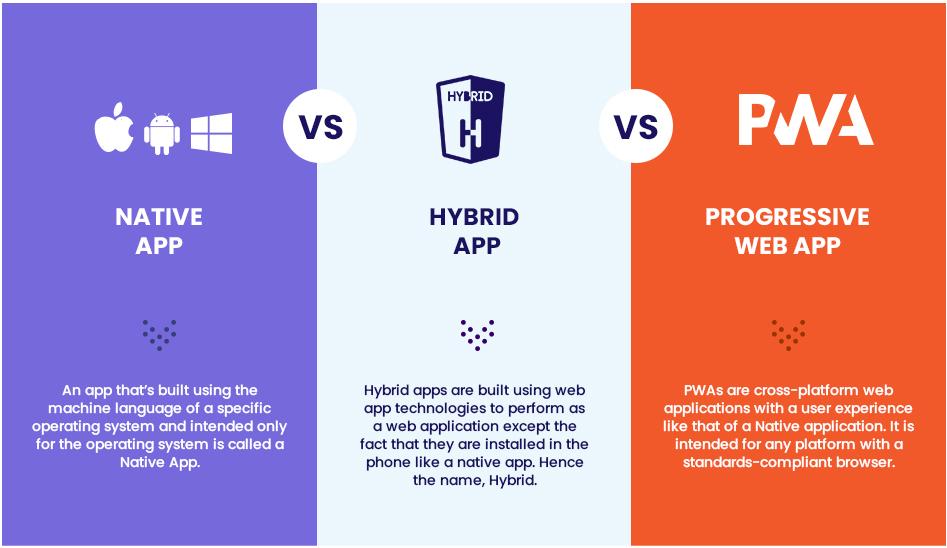
Source: Fission Labs
Native Apps vs. Web Apps: A Recap
Here is a summary of the pros and cons of each app type:
| Pros | Cons | |
|---|---|---|
| Native Apps | Flexibility in feature design and implementation | Single-platform compatibility |
| Better overall performance | Higher cost | |
| Superior user experience | Complexity to develop and test | |
| Web Apps | Cross-platform compatibility | Limited design options |
| Simplicity of tech stack and project workflow | Less rich user experience | |
| Less project expense |
Quality concerns |
Which between native apps and web apps should you choose?
When deciding which type of app suits you best — native or web — the answer will rely significantly on your project’s needs. I suggest you weigh each option’s pros and cons from a business and user experience standpoint to cover all possible angles.
Generally, if you seek to provide a rich user experience and need more control over the design elements, UX, and features, then native apps might be the way to go.
But if you’re looking for an accessible platform with a more economical overall budget and quicker development time, a web app could be the better choice. Web apps also suit relatively simpler business goals and feature sets.
Whatever app you choose to build, it can be successful with the right planning, research, and strategy. So, take the time you need to make an informed decision.
And if you need some guidance and insights from industry experts, feel free to reach out to us at Appetiser. We’ll be glad to provide you with a free consultation.
This article has been reviewed by our web developer Wilmon Agulo and mobile app developer Alvin Ray Yu.

Jane Eslabra is a Content Marketing Specialist at Appetiser Apps. She has 14+ years of experience producing traditional and digital content.
Get the latest industry news first.


